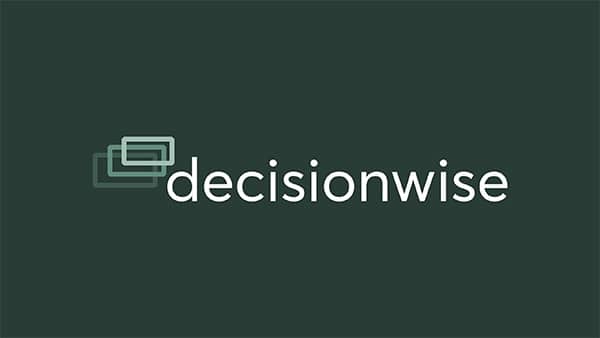It’s no secret that improving employee engagement is essential to a company’s success. A disengaged workforce can lead to high turnover, low productivity, and a negative company culture. While there are many effective strategies for action following an engagement survey, many HR teams feel stuck and disappointed with the same approach and lackluster results year after year. Shake up your engagement approach with these five lesser-known ways to improve employee engagement.
Subtract
When action planning, most of us think in terms of addition. “What new program can we create?” “Should we buy an innovative technology to help with communication?” “Let’s start a newsletter!” These ideas feel exciting and tangible in the moment, but these additions are often merely cosmetic efforts that don’t improve employee engagement.
While there are certainly meaningful items that can be added to your employee experience, I’ve found that many organizations miss incredible opportunities to improve through subtraction. There can be immense value in identifying engagement barriers and constraints. After your survey ask the question, “What can we remove from our employee experience to help increase employee engagement?”
Some things to look for and consider subtracting:
- Symbols of distrust — for example, anything that can be construed as surveillance
- Misaligned directives or incentives
- Areas of bureaucracy
Raise the Floor
Chances are that on your last employee engagement survey, a few teams scored much lower than the rest of the organization. The “Raise the Floor” approach focuses on the leaders of those low-scoring teams to help them create a more consistent and positive experience. The approach consists of three parts:
- Help the individual leaders understand their role in shaping the employee experience on their team.
- Give each leader the tools and coaching they need to do better.
- Provide continued support and accountability.
An engagement survey is a great tool to help identify who scores low for engagement. To then “Raise the Floor”, we’ve found that a follow-up 360 feedback assessment with coaching is the best way to help leaders improve.
Support the Roof
You’ve raised the floor: what about the roof? The highest-scoring teams in an engagement survey are also critical. Learn what’s working for them and determine if their techniques can be shared with other teams.
Often the managers of highly engaged teams are strong candidates for your organization’s “high potential” talent pool. 360 feedback and coaching can also effectively show these individuals you want to invest in their future success within the organization.
Get Credit for the Homework
This is an interesting one. I’ve seen many very committed and caring teams do hard work that ultimately goes unseen and underappreciated. When you take action based on employee feedback, ensure employees see it and feel it. After the survey, make a plan, work the plan and keep employees informed the entire time.
Pro Tip: When you announce the following annual survey, recognize all the great work resulting from the last survey. Share stories and successes. This helps remind employees of the effort taken last time and strengthens their belief in employee voice.
For example:
“Did you know that project X directly resulted from the feedback we received on our last employee survey? We all benefit when you provide feedback on your experience working here. We will be holding our next annual survey on DATE and look forward to hearing from you…”
Expand Ownership
When you run your first employee engagement survey, the organization sees it as an HR-owned initiative. This is normal, but it cannot be the end goal. For each survey you run, you should seek to not only respond to the feedback, but also work to expand the ownership of the employee experience.
First, work to build commitment and buy-in from senior leaders. Then expand ownership and enthusiasm throughout the leadership structure. Ultimately, the goal is for each employee to understand they own a component of the employee experience.
HR will continue to lead and coordinate the efforts, but engagement efforts will always be limited without expanded ownership and accountability.
As you work to improve employee engagement within your organization, consider adding some of these techniques to your strategy. We all win when a strong employee experience leads to greater engagement.




